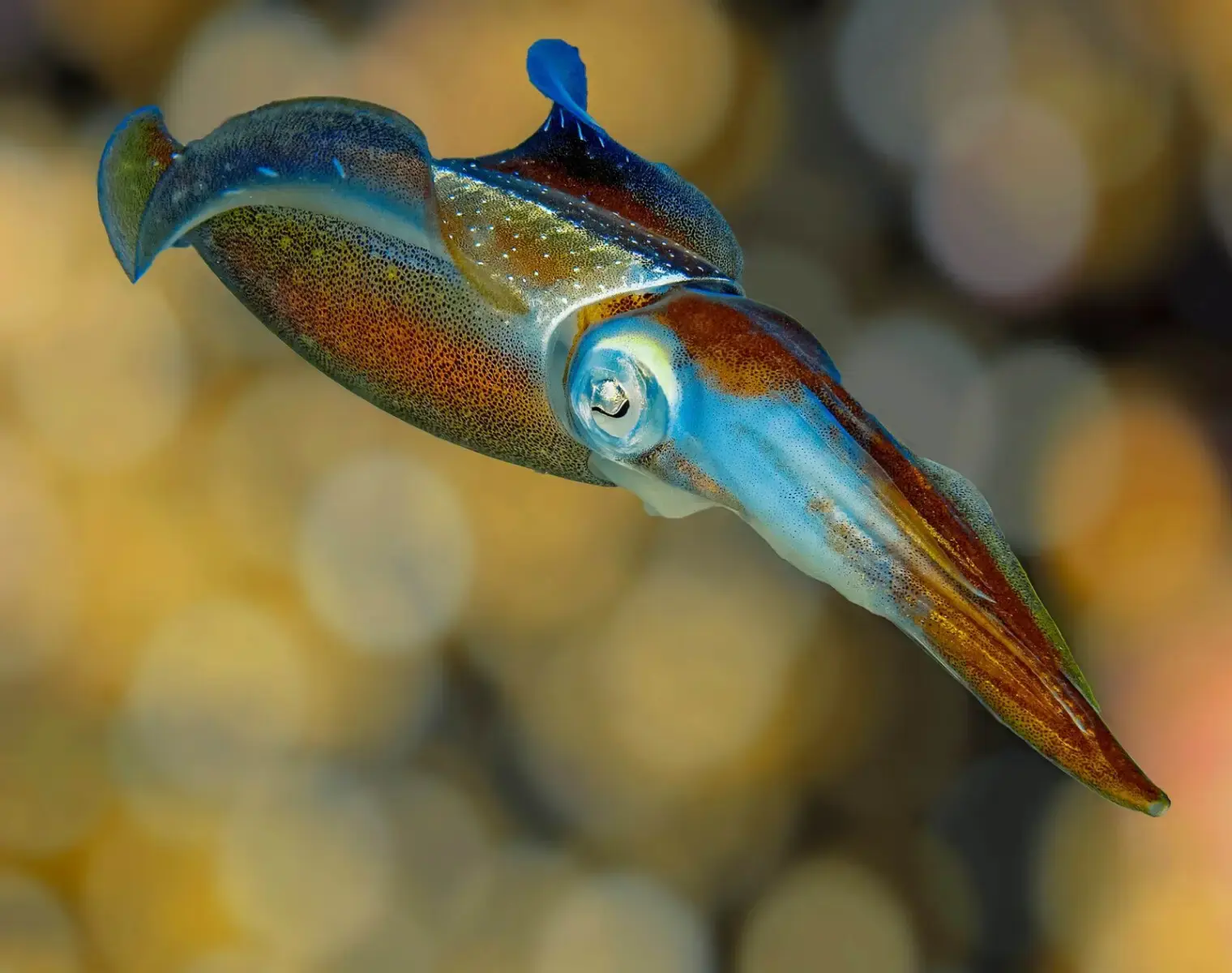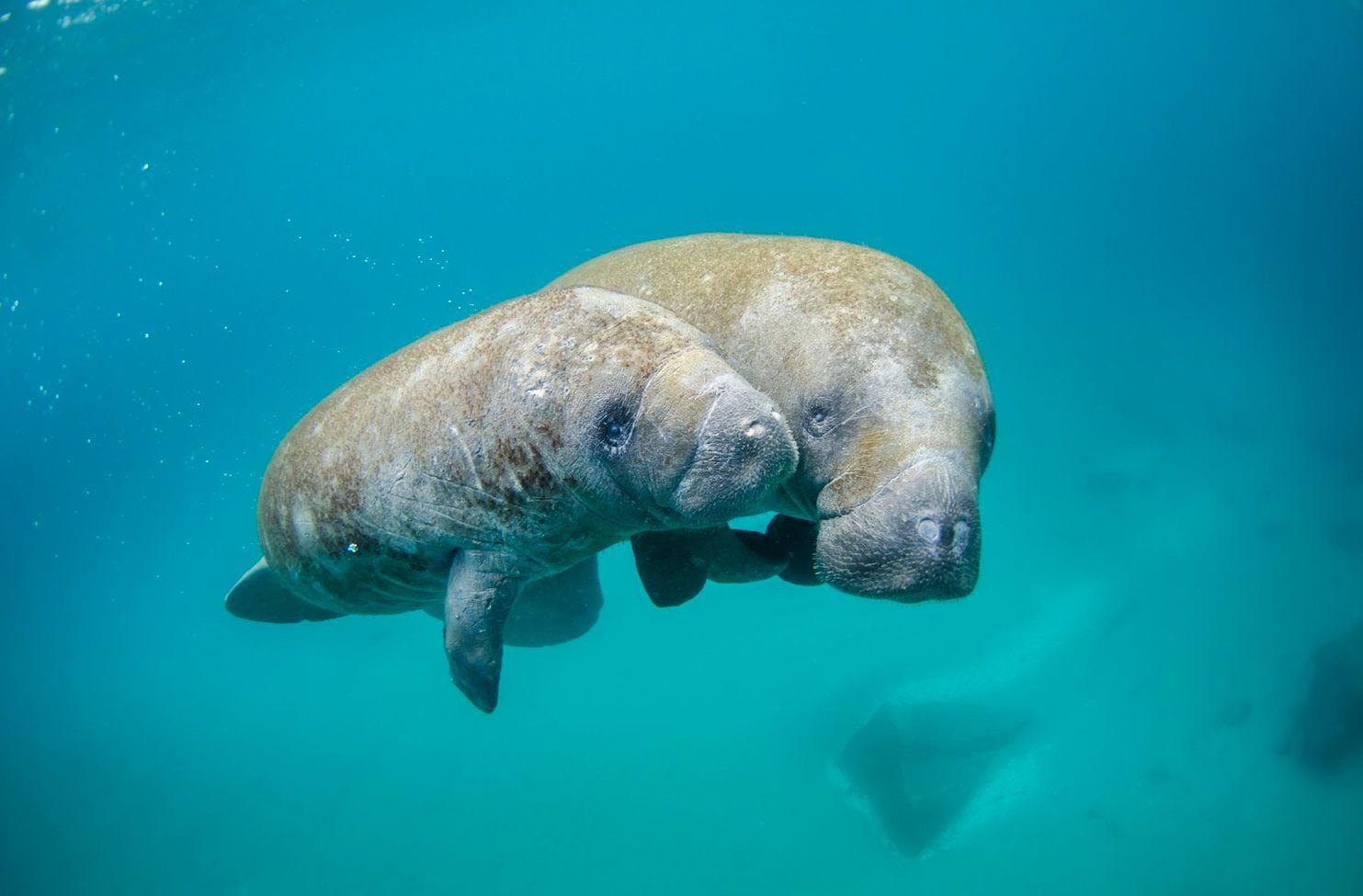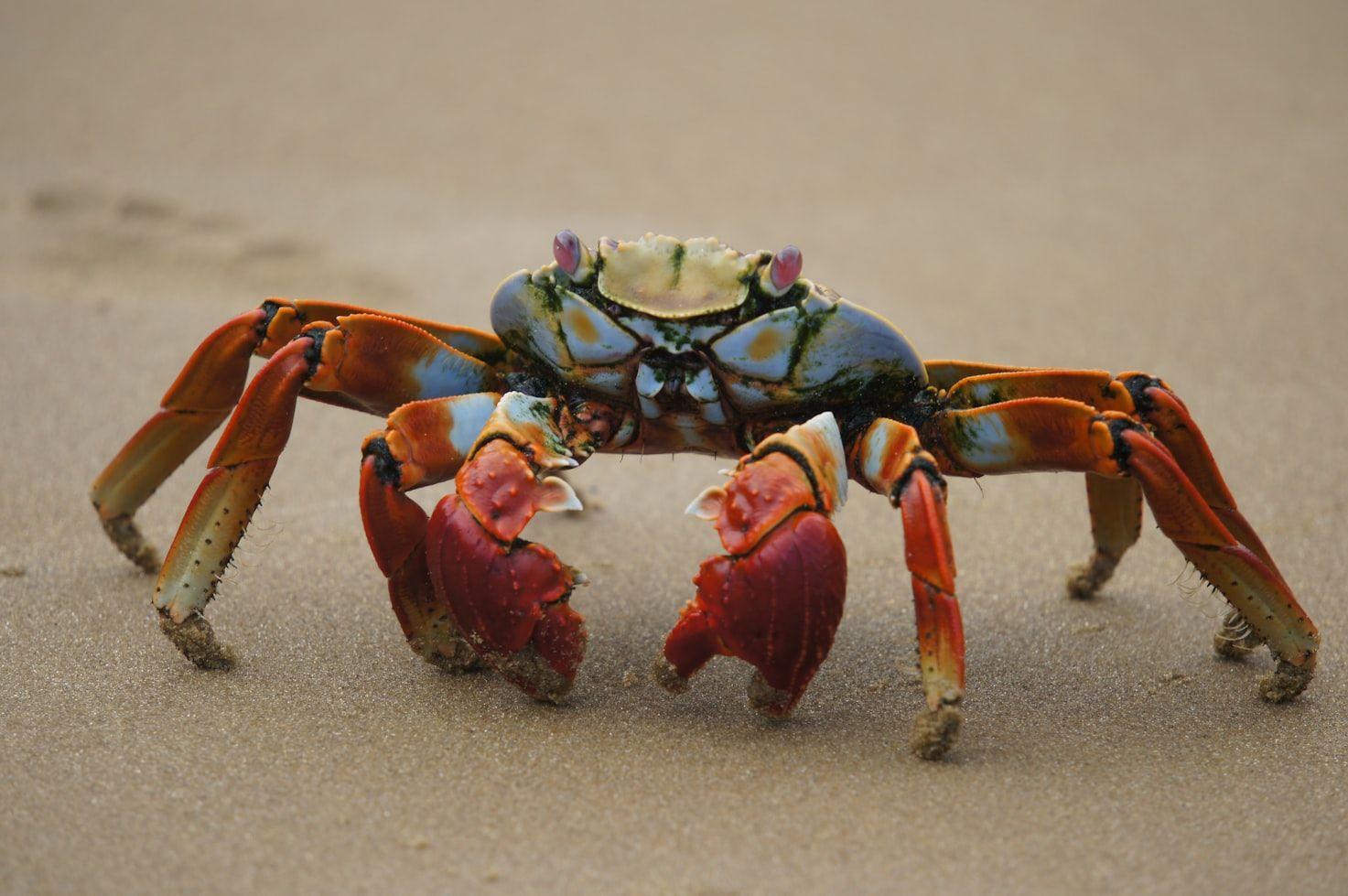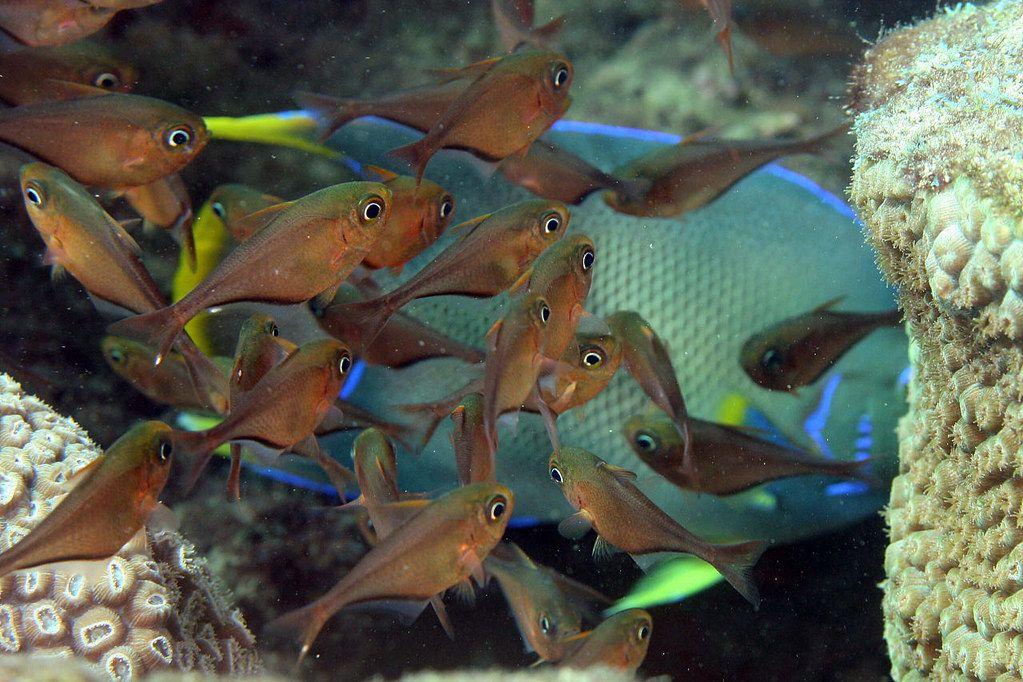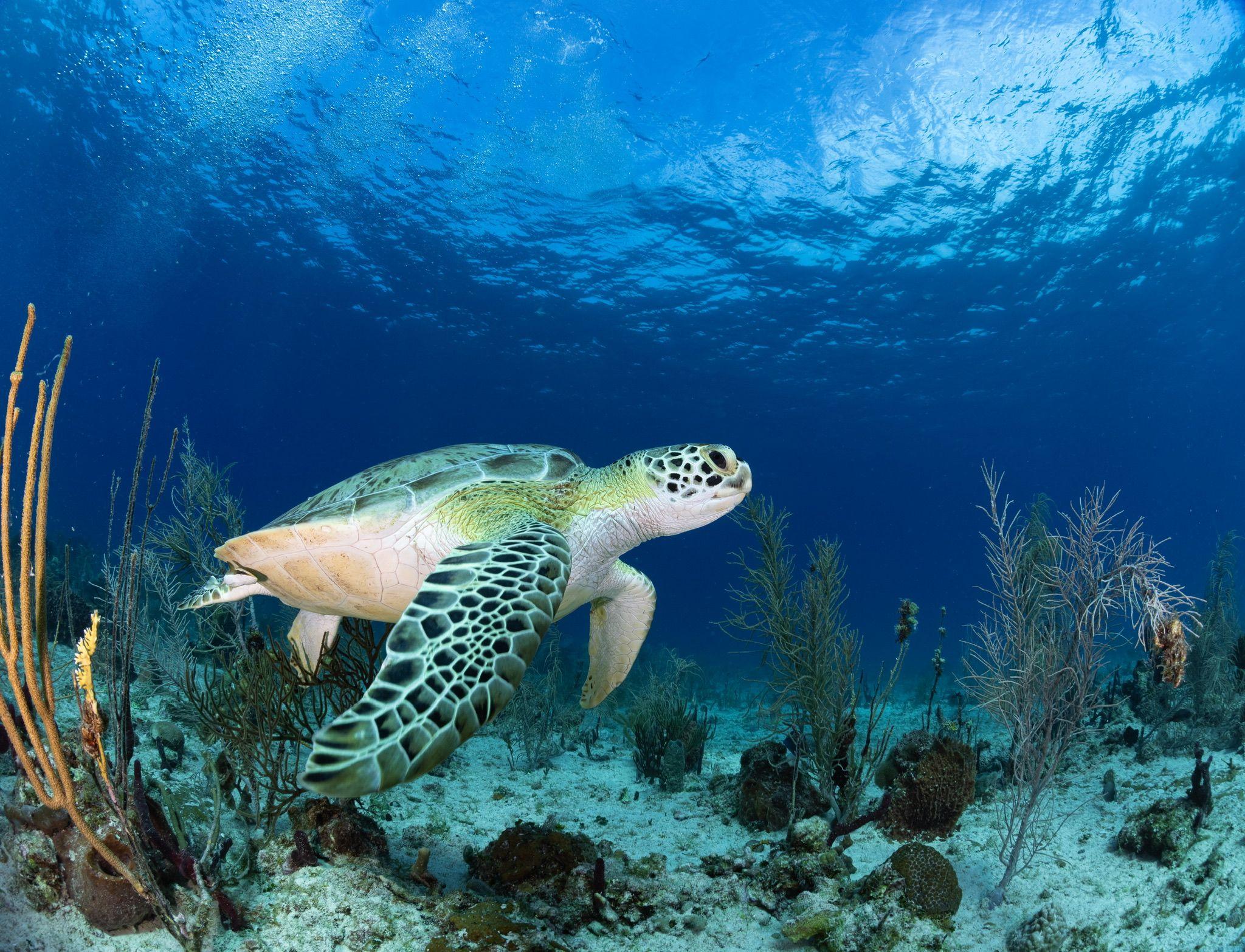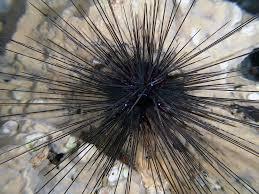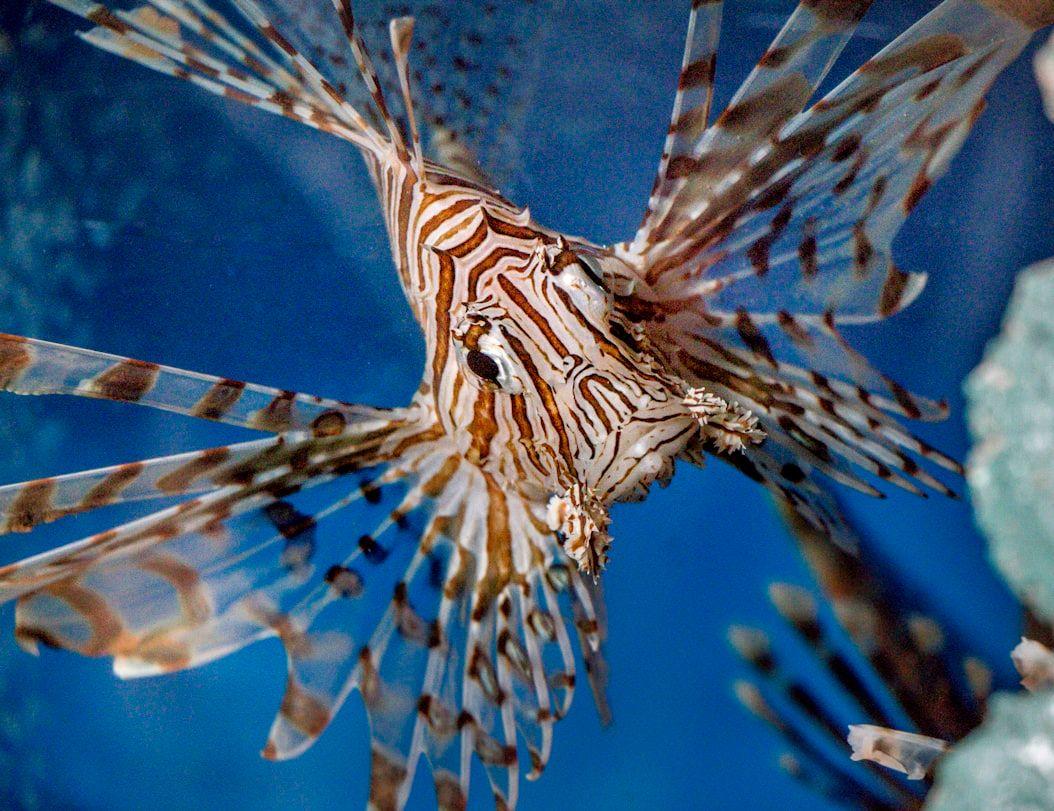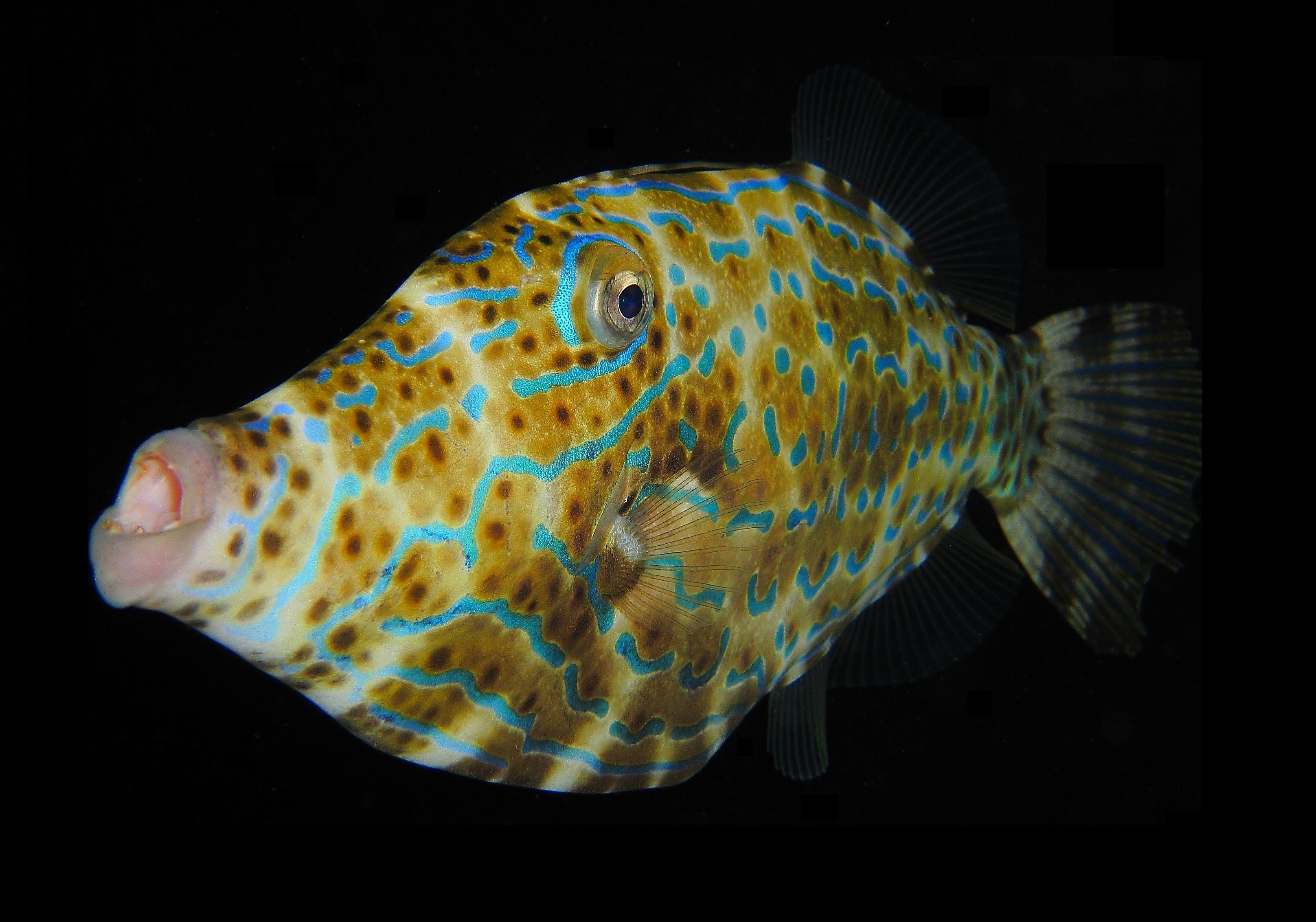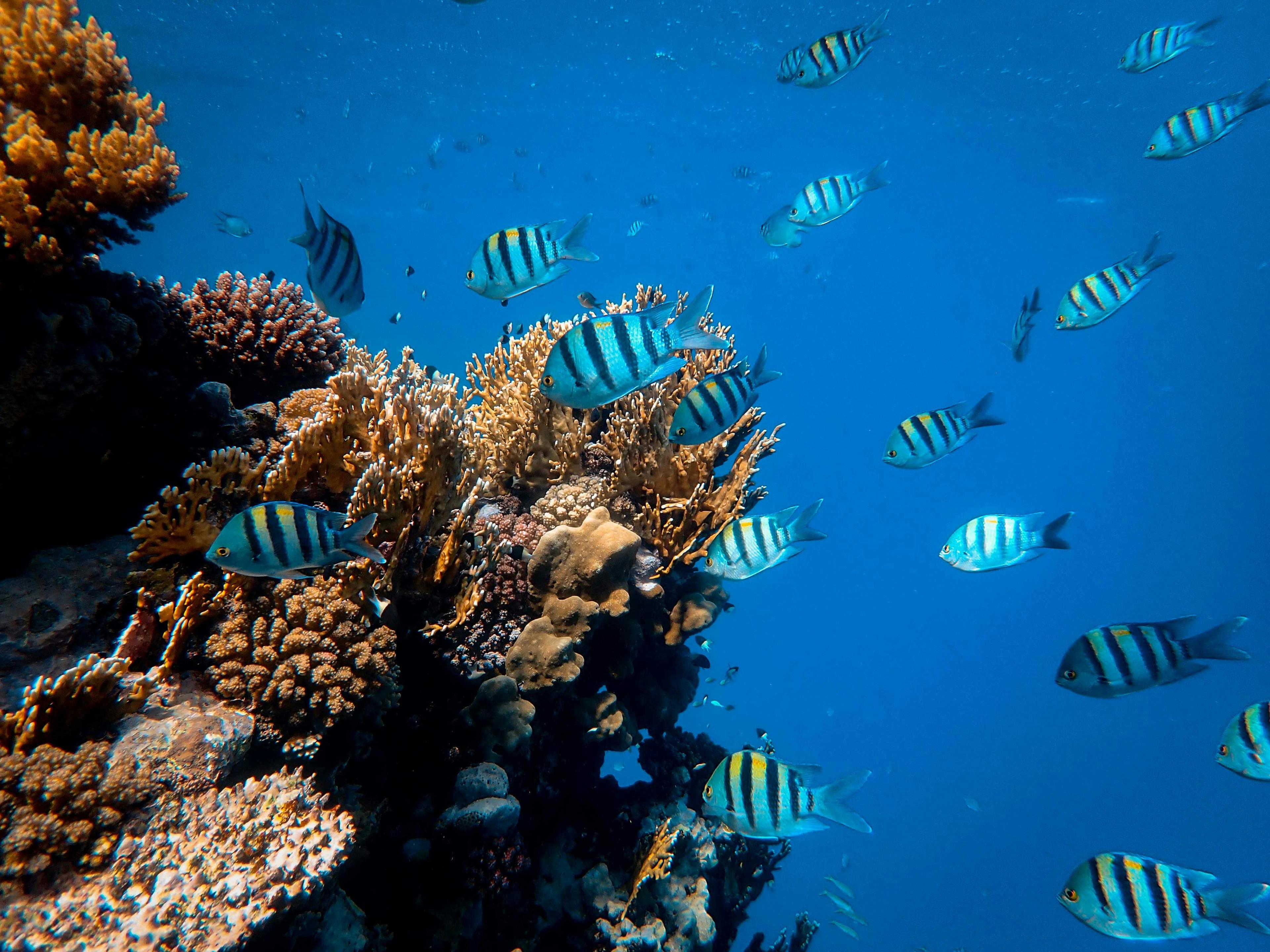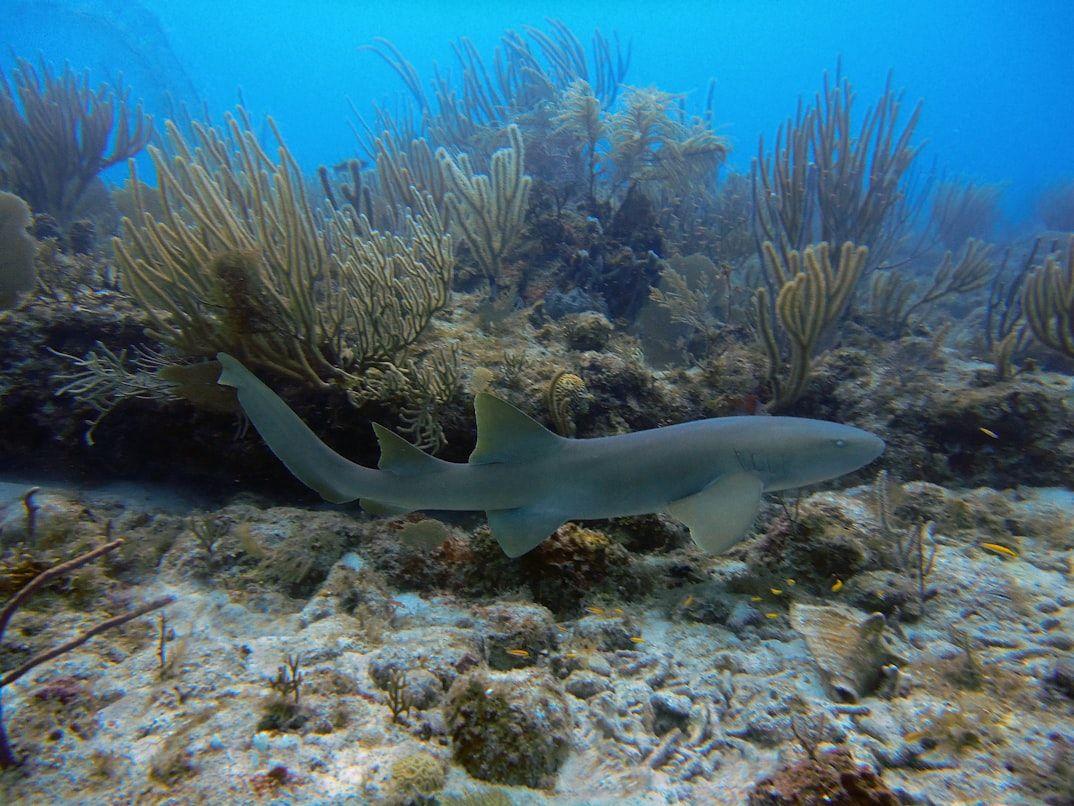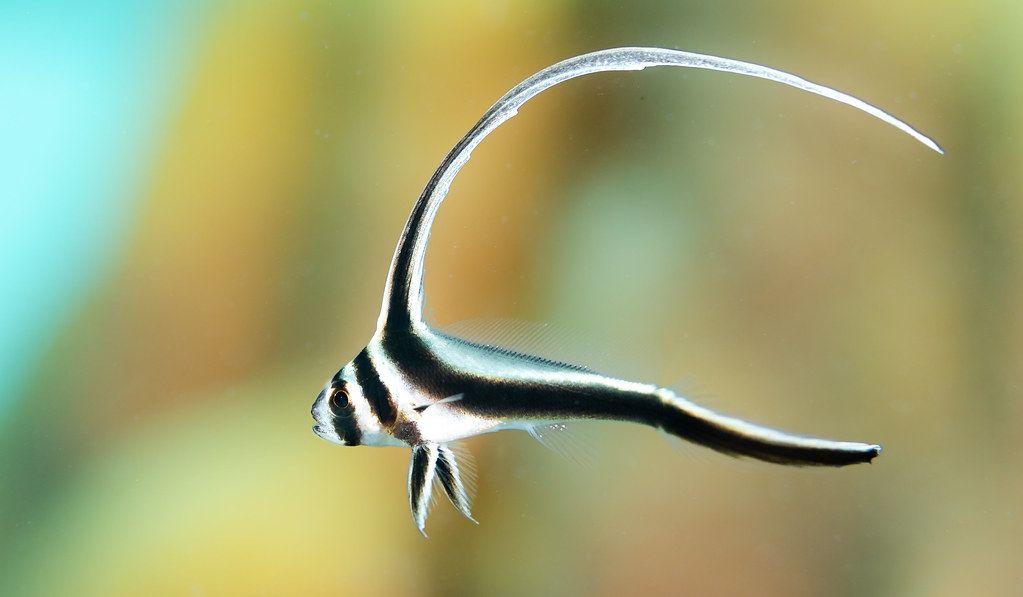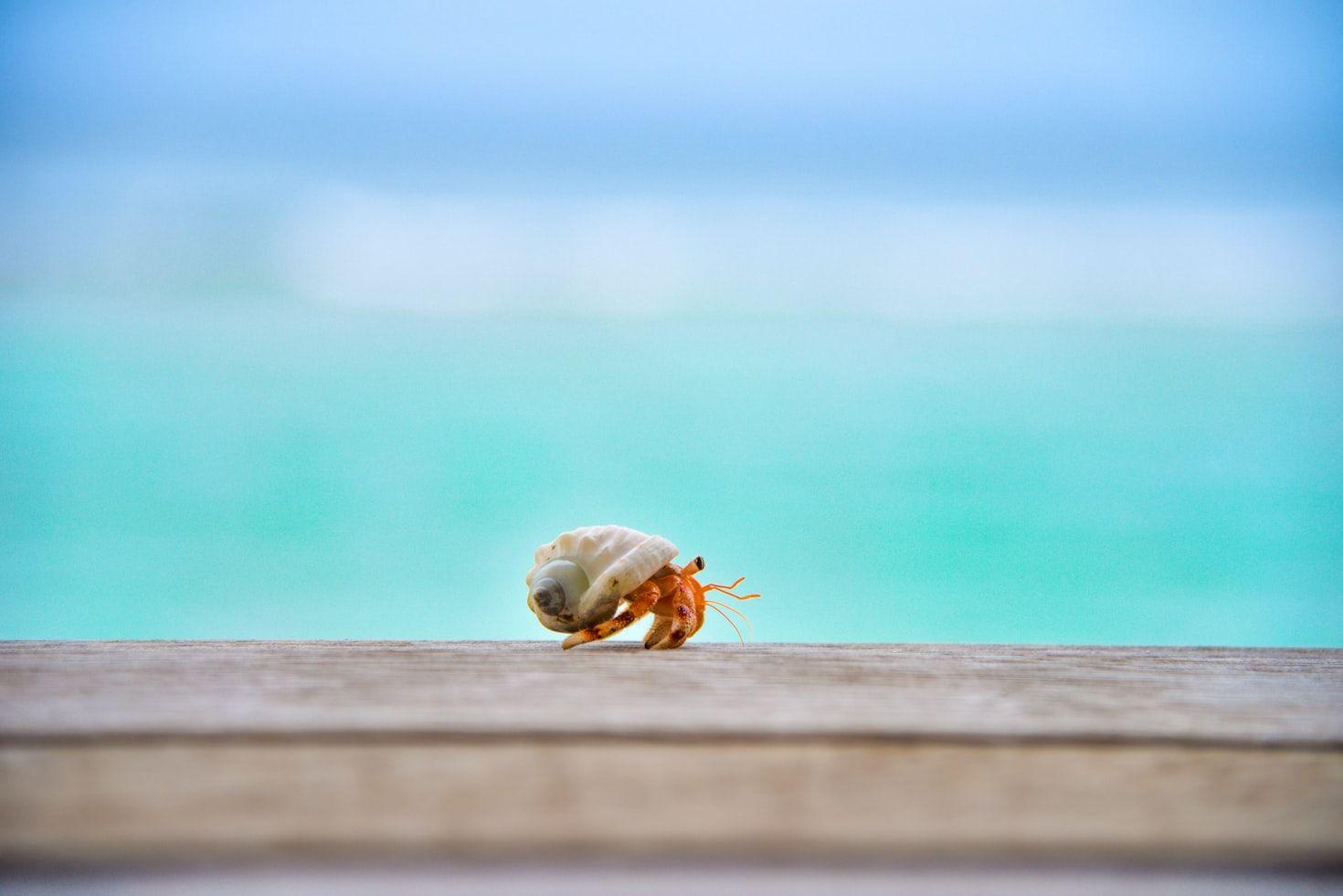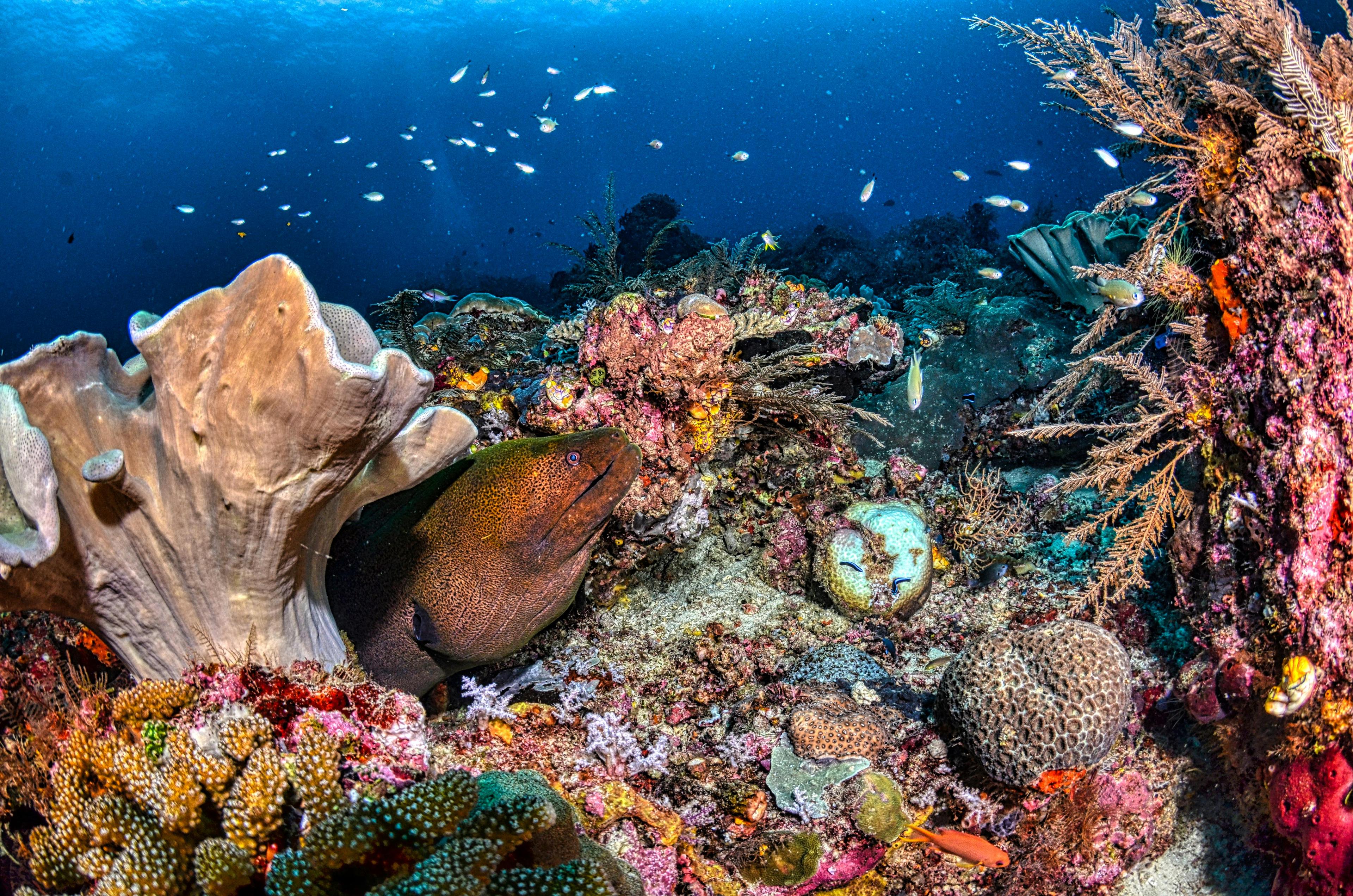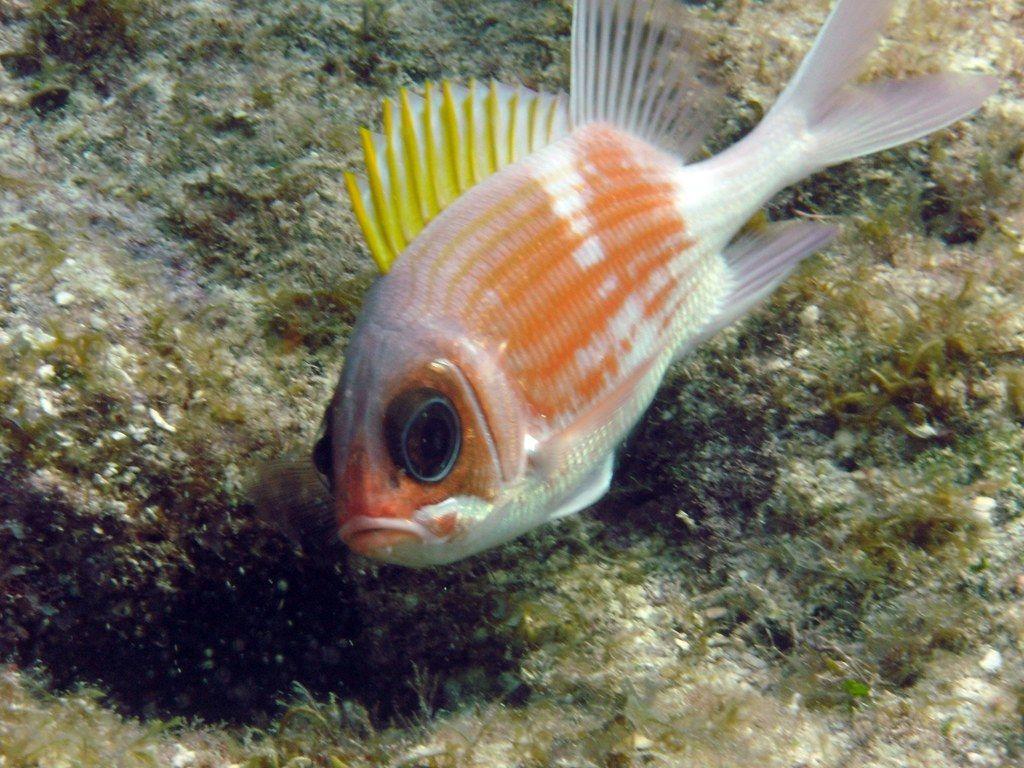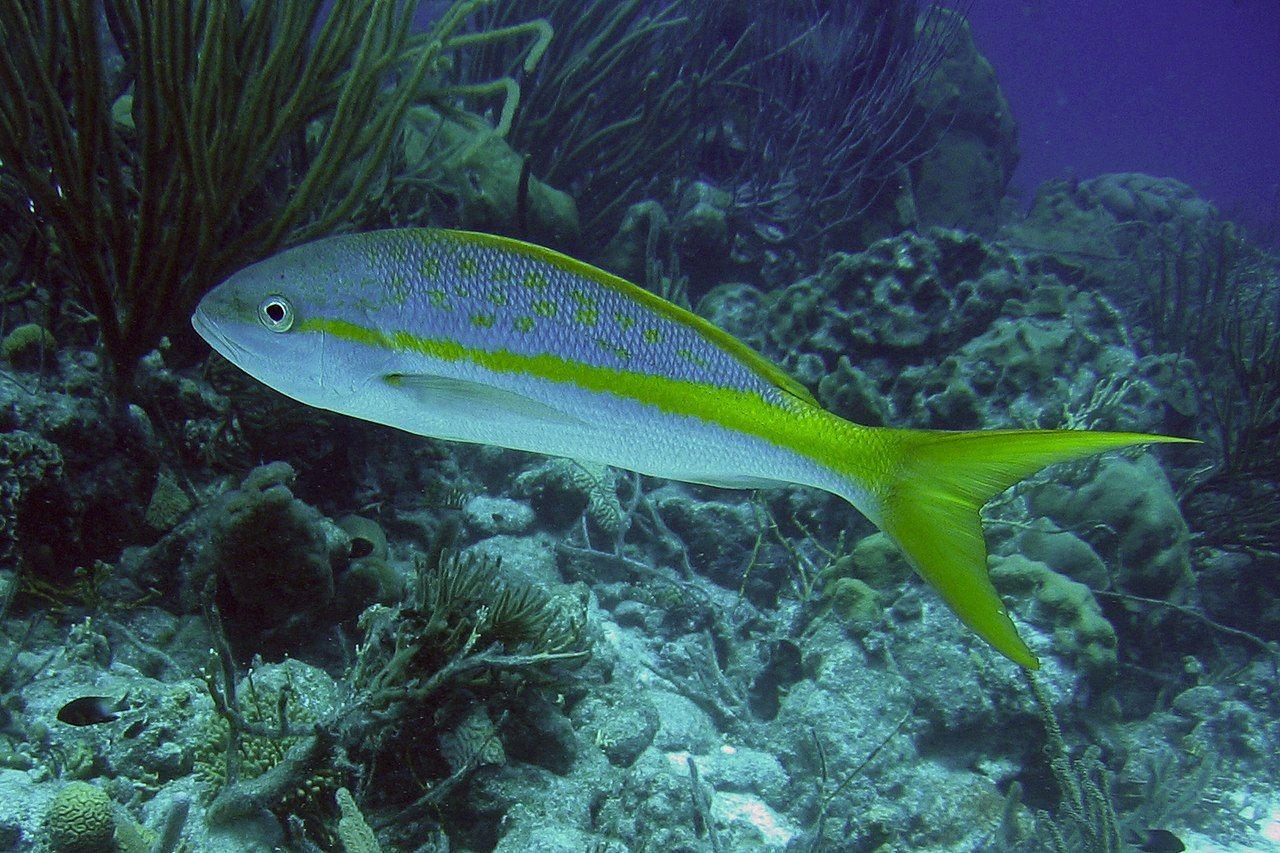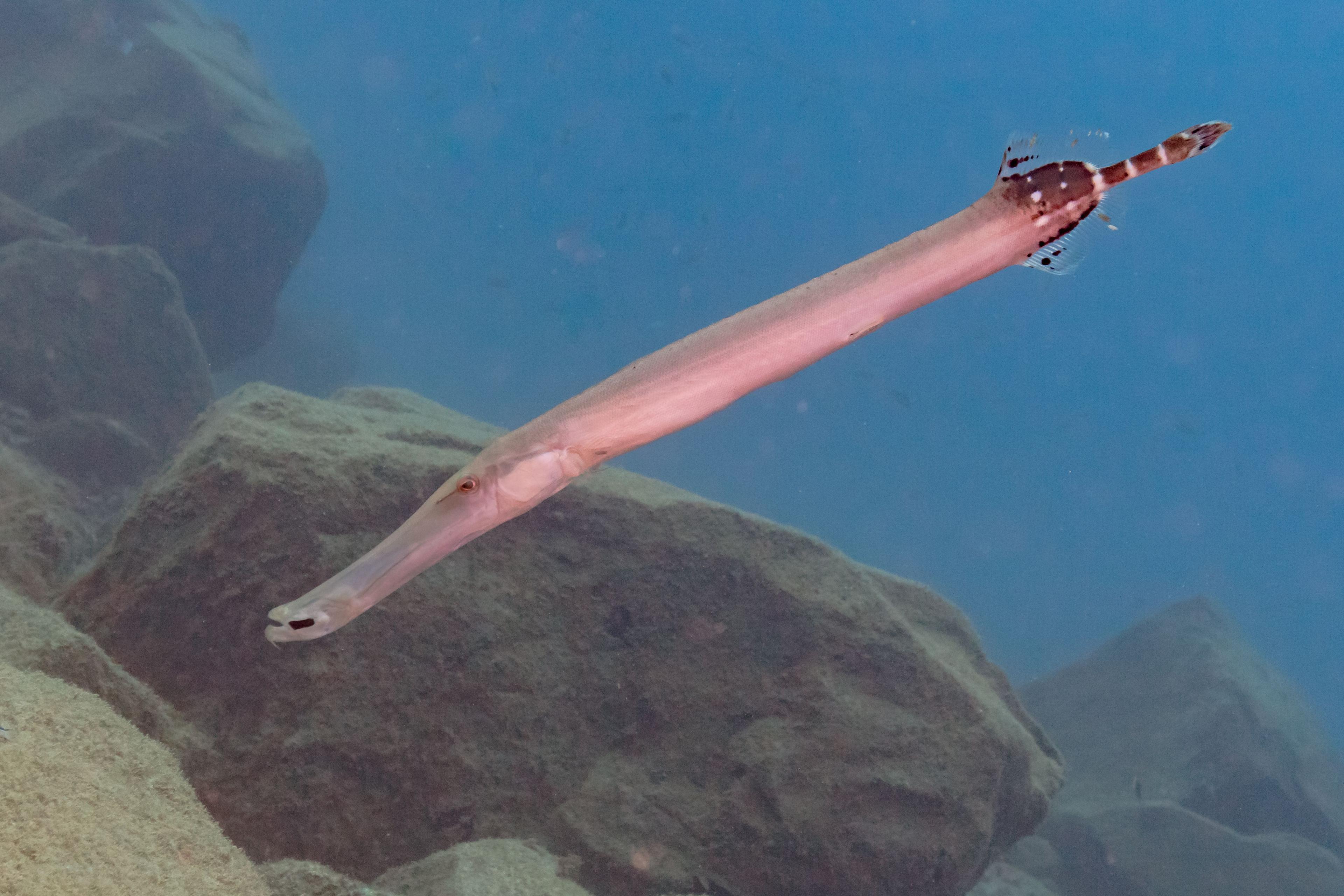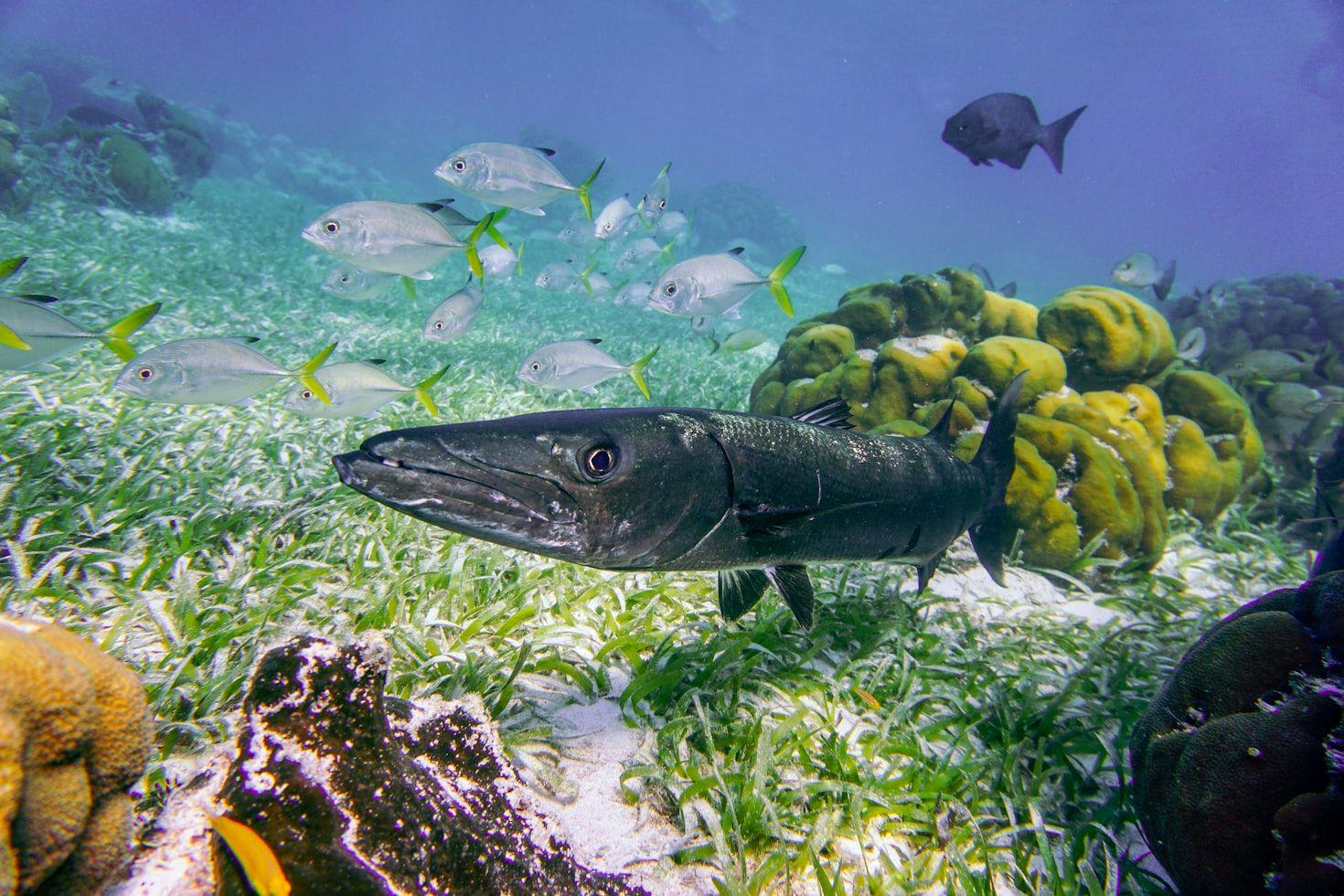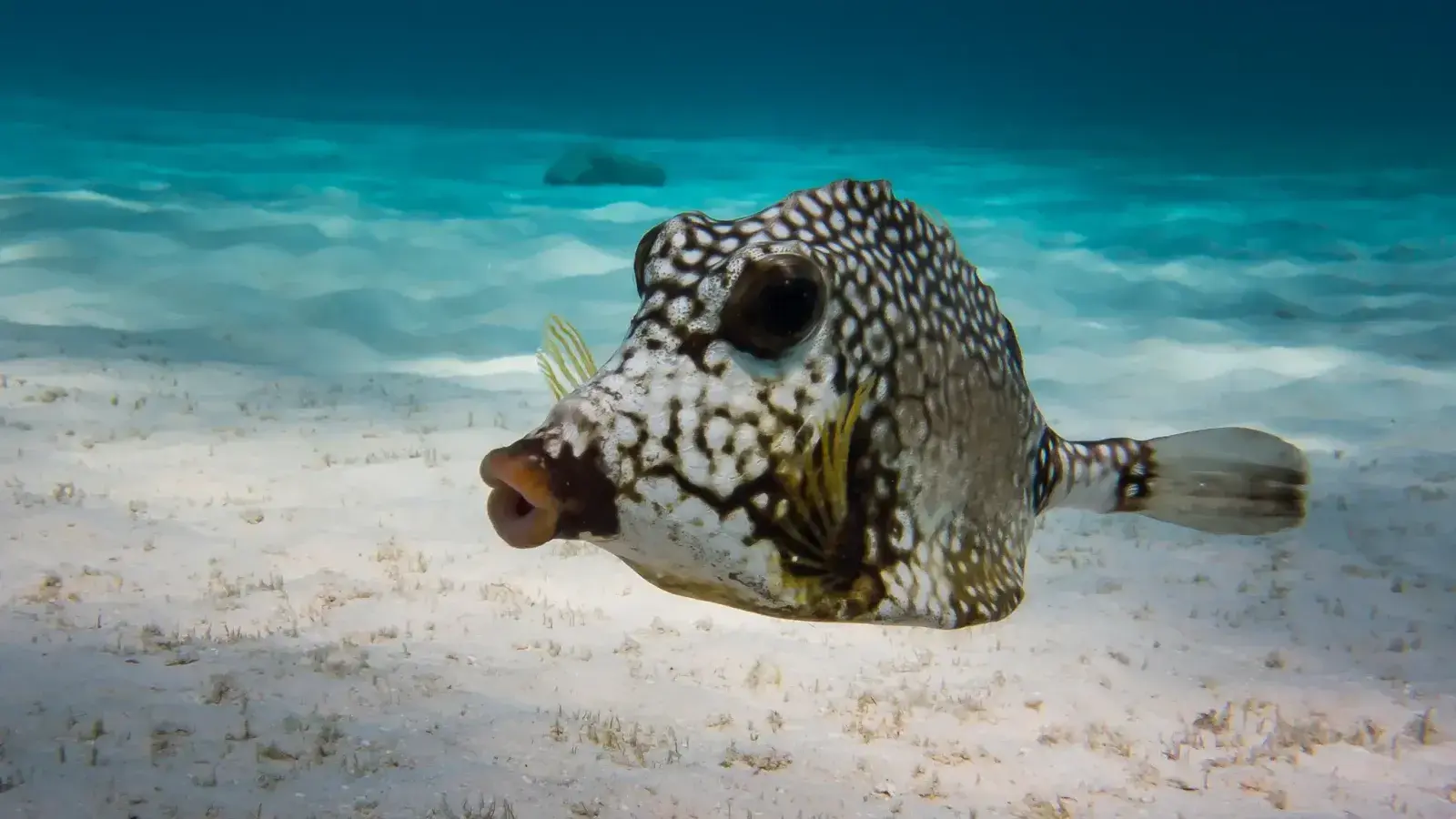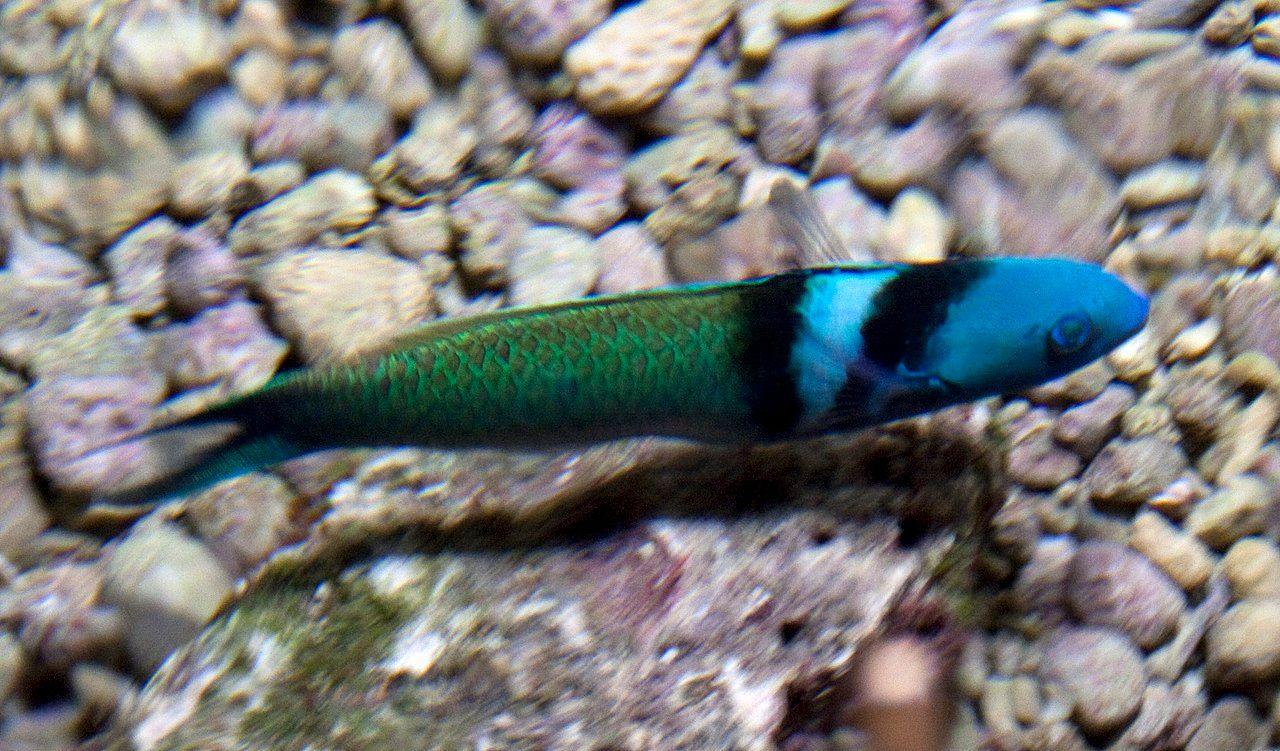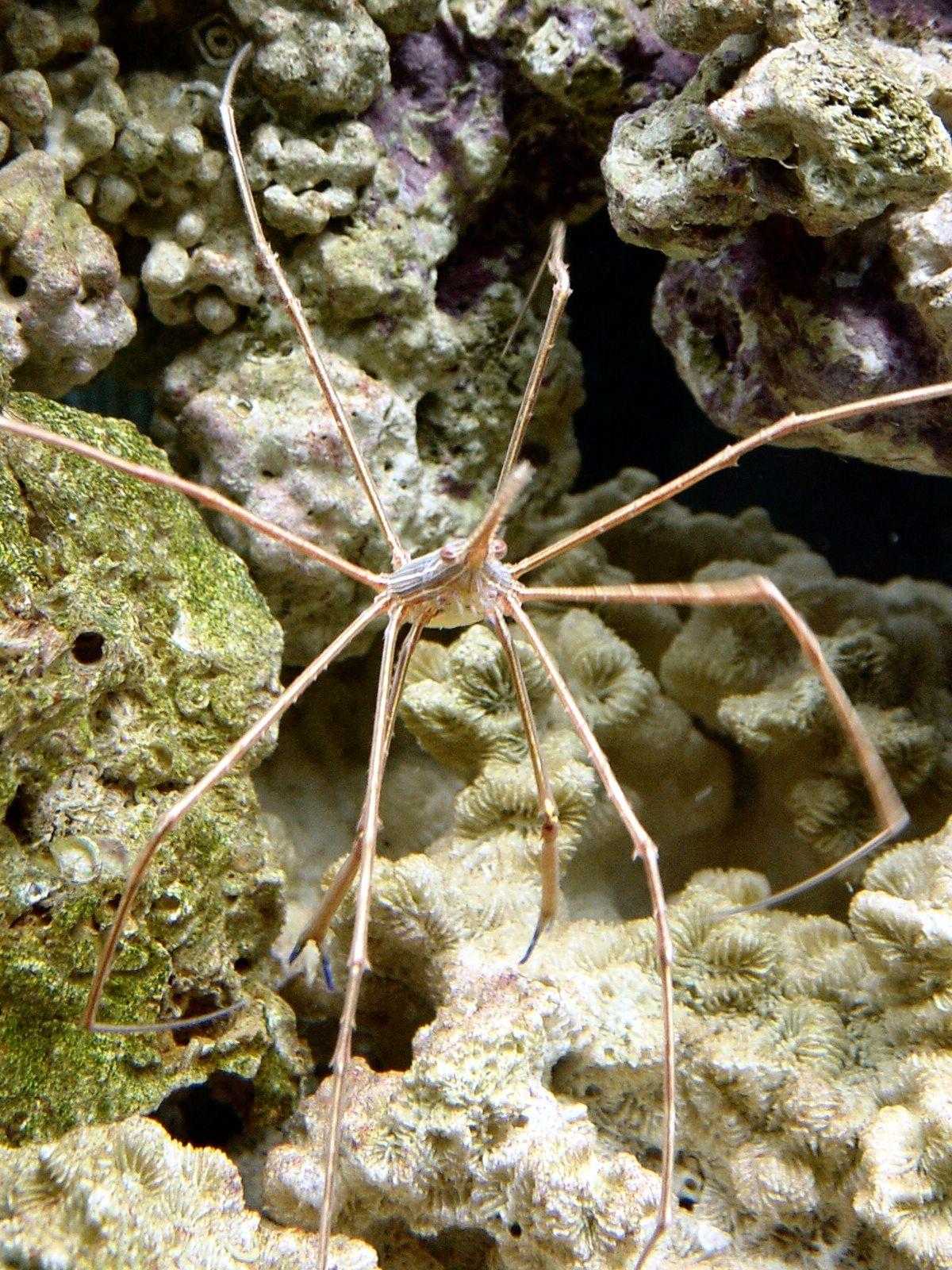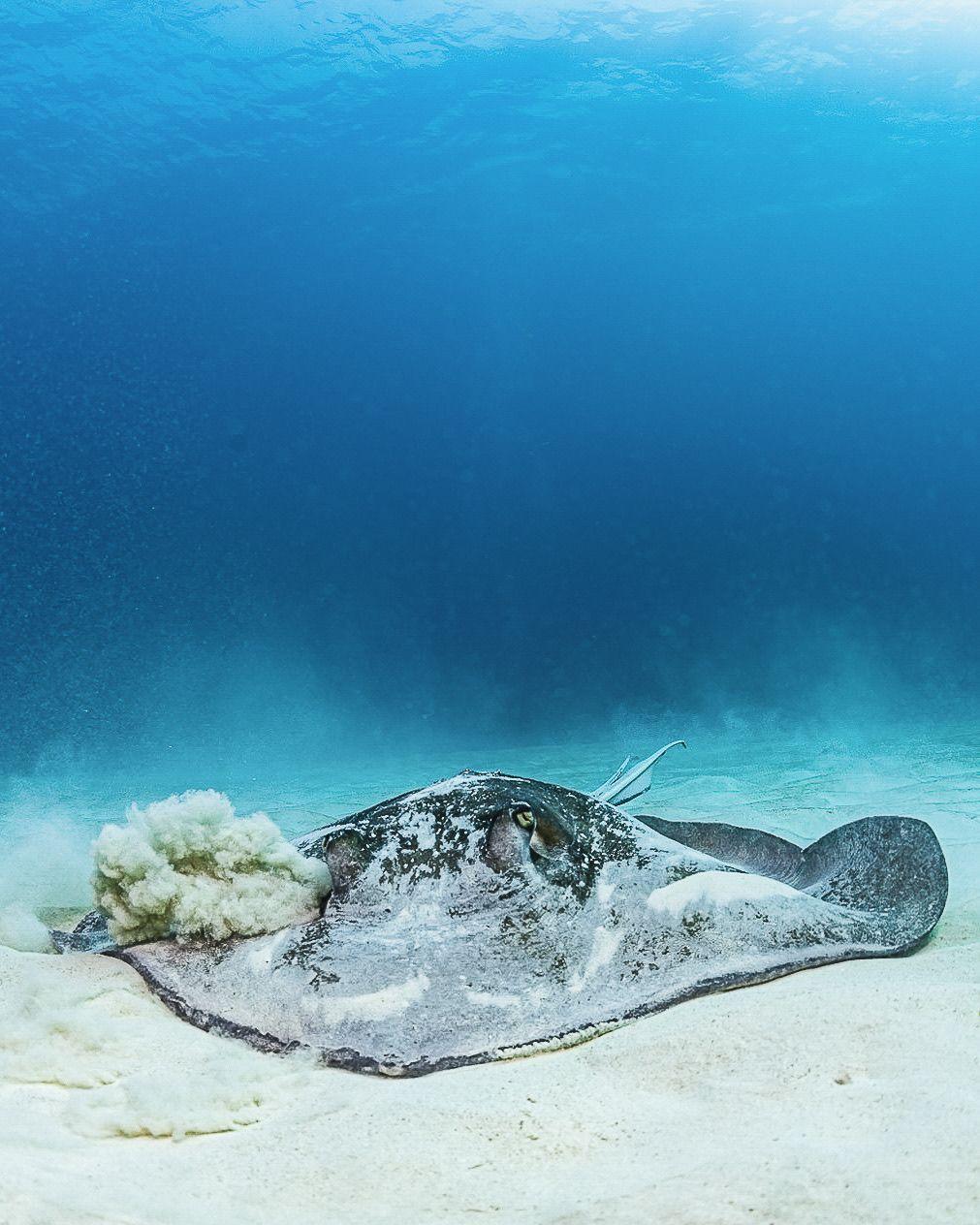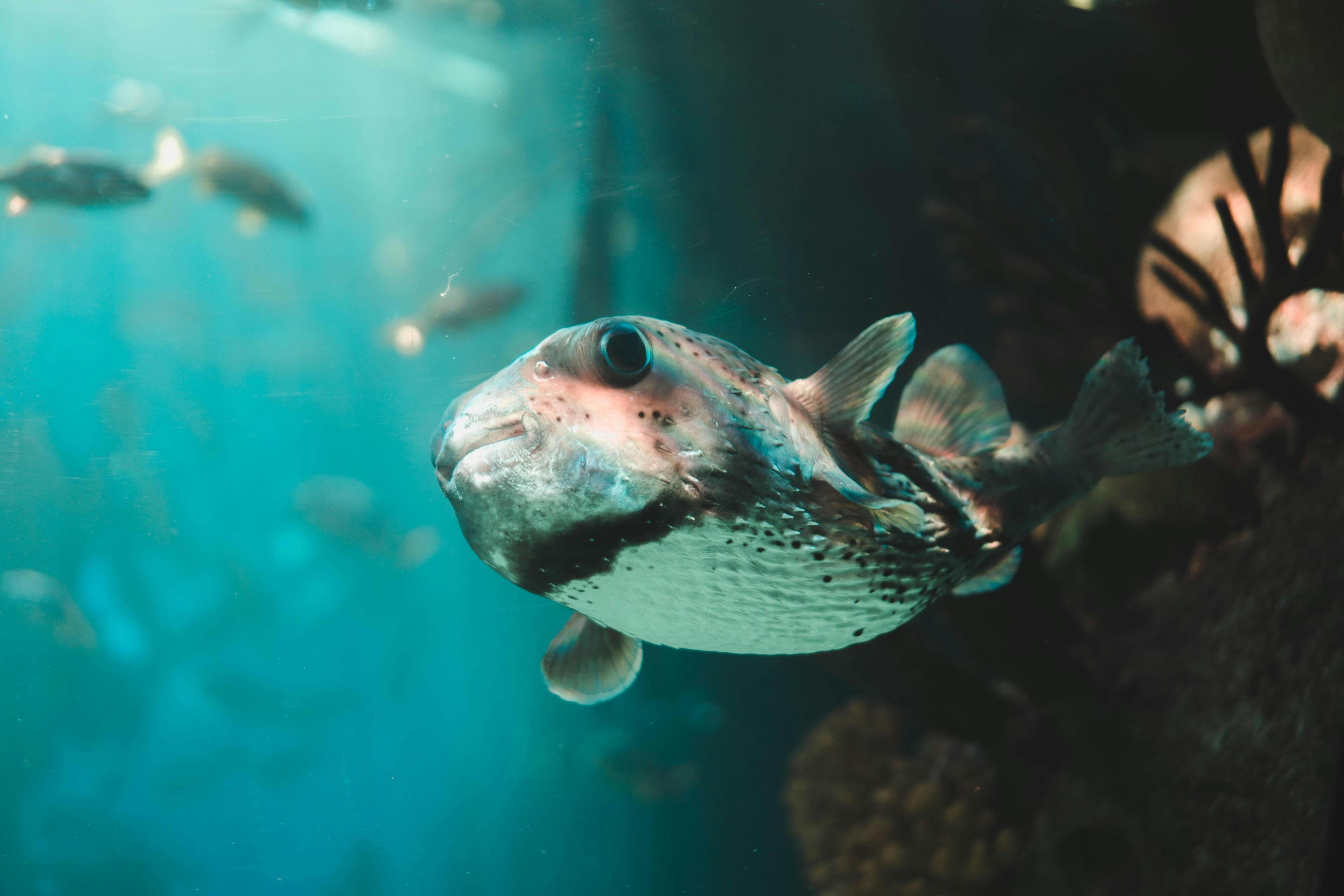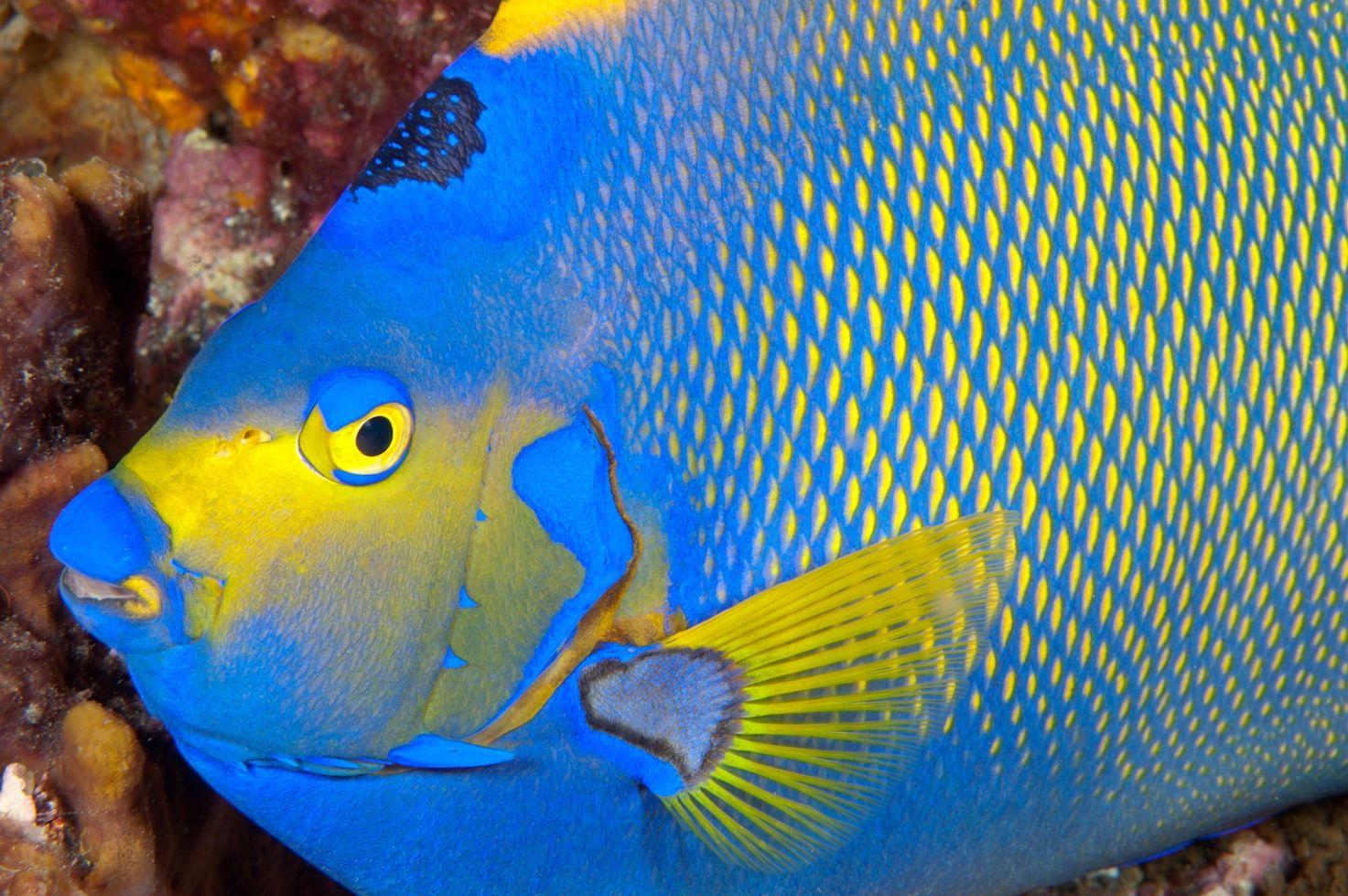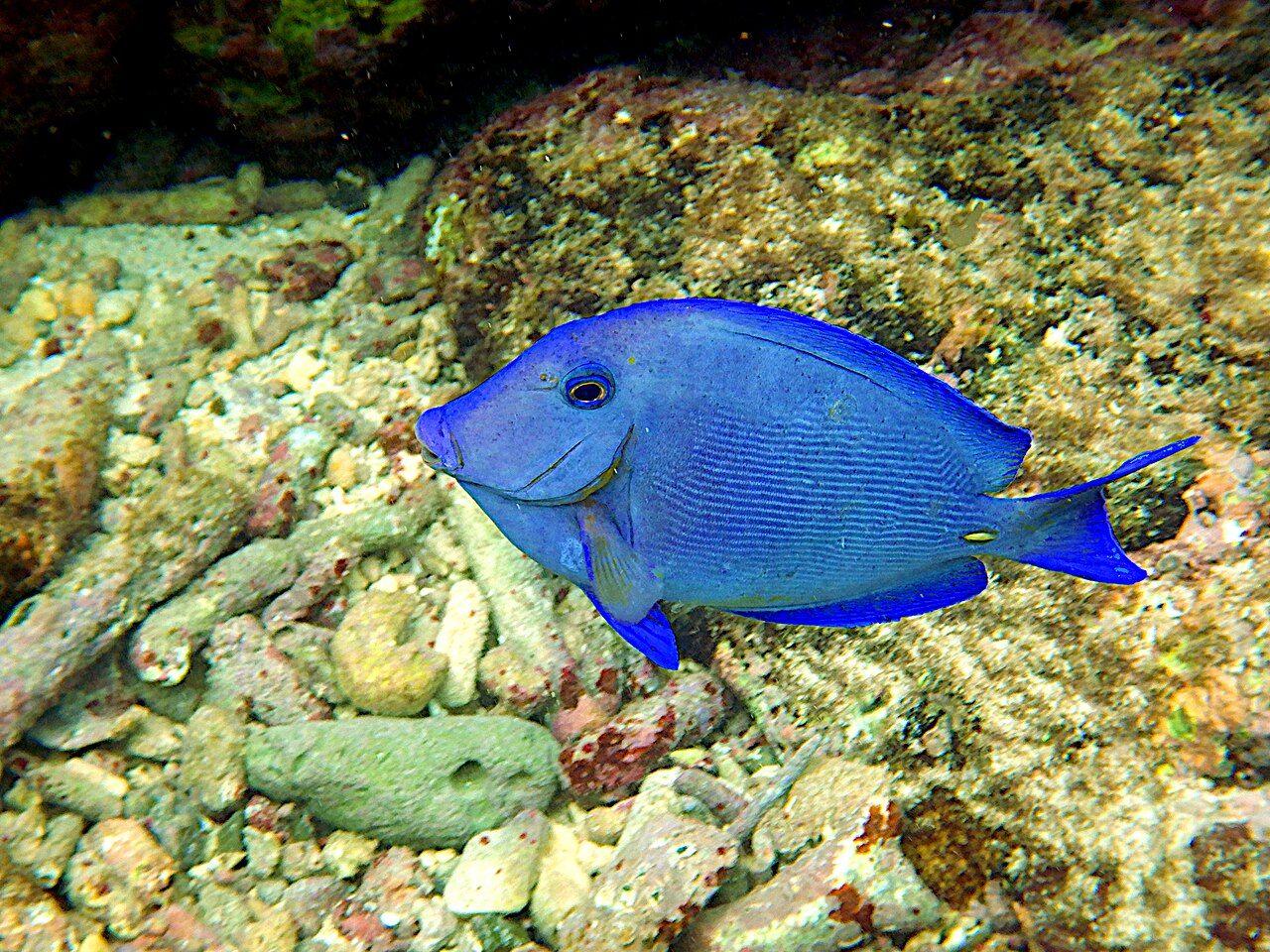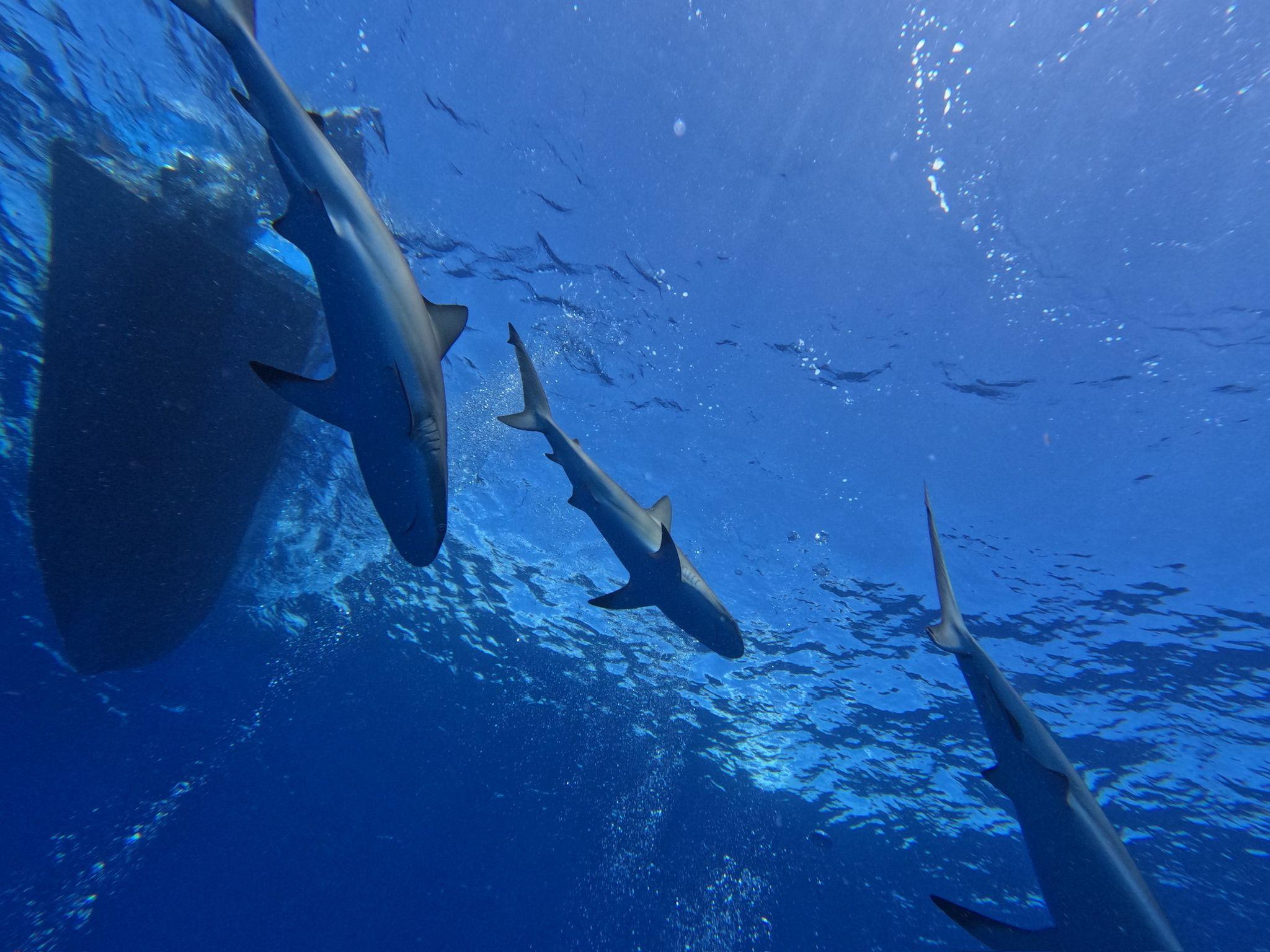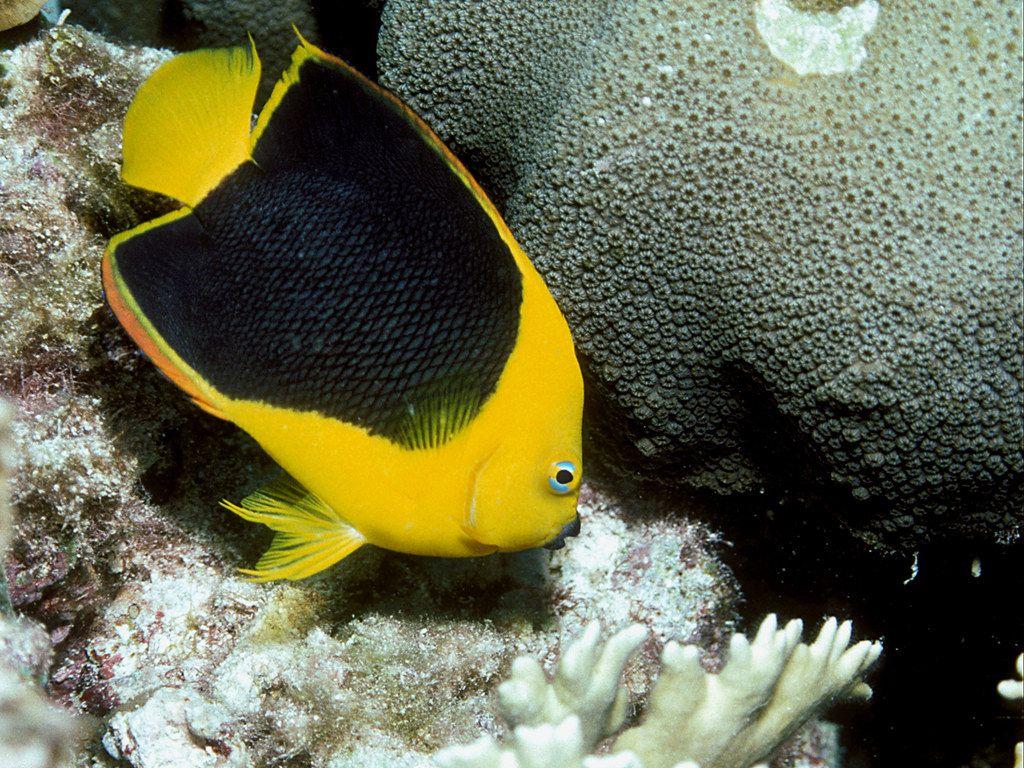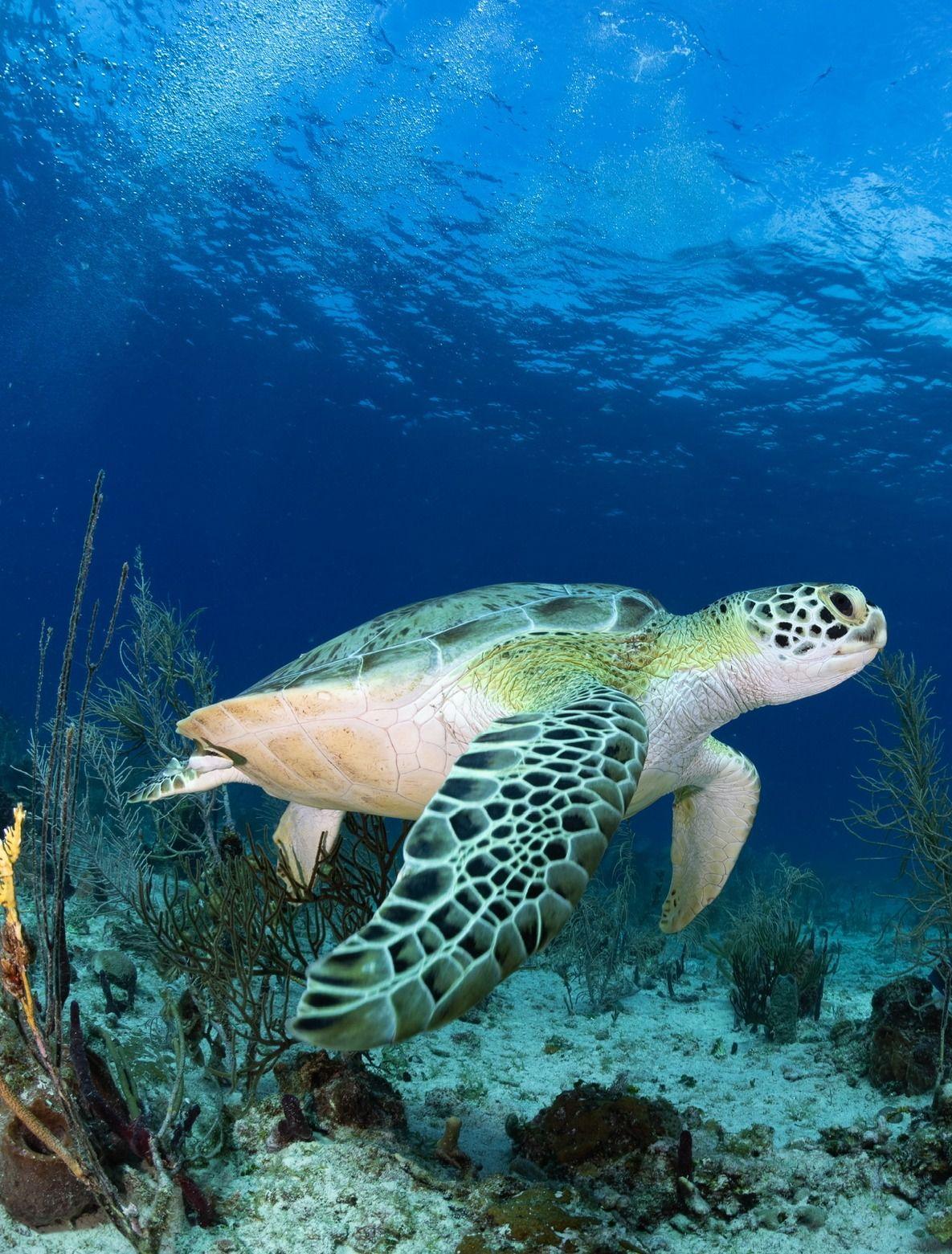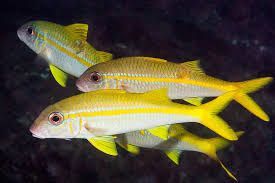
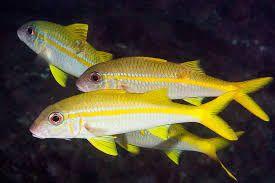

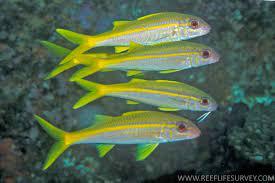
🐐 Goatfish in Punta Cana: The Bearded Foragers of the Reef
With their whisker-like barbels and bottom-sweeping behavior, goatfish are some of the most hardworking and interesting characters on the reef. Though not as flashy as angelfish or as imposing as barracuda, these foragers are a vital part of the underwater ecosystem in Punta Cana.Often seen in small groups cruising over sandy patches or digging through seagrass beds, goatfish are a treat to watch for any diver or snorkeler who appreciates the quieter side of marine life.
🧠 What Makes a Goatfish Unique?
Goatfish are named for the two sensory barbels that hang from their chin — resembling a goat’s beard. But these aren’t just for looks. The barbels are highly sensitive and help the fish detect tiny prey hidden in the sand.As they swim close to the bottom, they sweep these barbels from side to side like underwater metal detectors, searching for:
- Worms
- Crustaceans
- Mollusks
- Small invertebrates
Once food is found, the goatfish quickly dives down and sucks it up in a cloud of sand.
🎨 Identification and Behavior
Goatfish come in various colors and patterns, but the most common ones in Punta Cana include:
- Yellow Goatfish (Mulloidichthys martinicus): Bright yellow tail with a white or silver body.
- Spotted Goatfish: Dotted patterns along the sides.
- Striped Goatfish: Red or yellow horizontal lines from nose to tail.
Other distinguishing traits:
- Long, slim bodies
- Tendency to form small schools or pairs
- Often accompanied by opportunistic fish, like wrasse or jacks, hoping to grab food they stir up
🌊 Where to Spot Goatfish in Punta Cana
You can find goatfish in:
- Shallow sandy areas near coral patches
- Seagrass beds around Cabeza de Toro
- Fringe reefs and reef flats, especially early in the morning
They are active foragers and often move constantly, giving divers a chance to watch them feed in action.
🧹 Ecological Role
Goatfish are natural reef cleaners. By digging and turning over the sand, they:
- Aerate the seafloor
- Help break down organic matter
- Keep sediment from building up on coral reefs
They’re also a food source for larger predators, playing a key role in the reef food chain.
💙 Why We Love Goatfish at Grand Bay of the Sea
At Grand Bay of the Sea, we love pointing out goatfish to our divers and snorkelers — especially when they’re actively feeding. Watching them stir up the sand and uncover hidden creatures is like witnessing a mini treasure hunt.They’re also a great species to introduce to beginners, as they’re easy to observe and found in shallow waters where visibility is good and current is light.
🐾 Final Thought
Goatfish may not win beauty contests, but they make up for it with smarts, purpose, and charisma. Their signature barbels, constant activity, and ecological value make them one of the reef’s most underrated stars.Next time you’re diving in Punta Cana, look down — and you might just find a goatfish on the job, sweeping the sand for its next snack.

